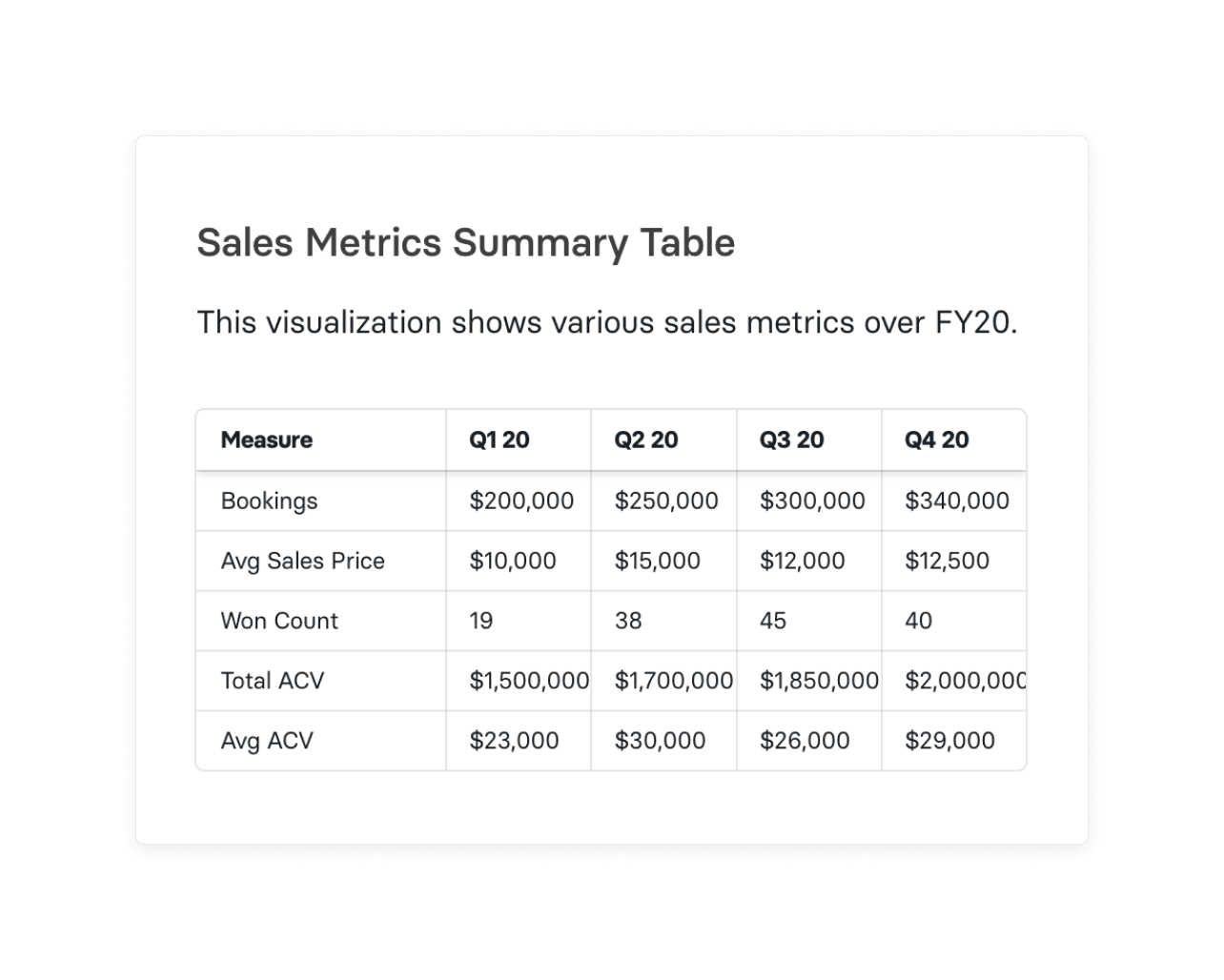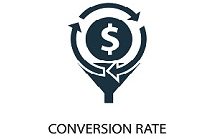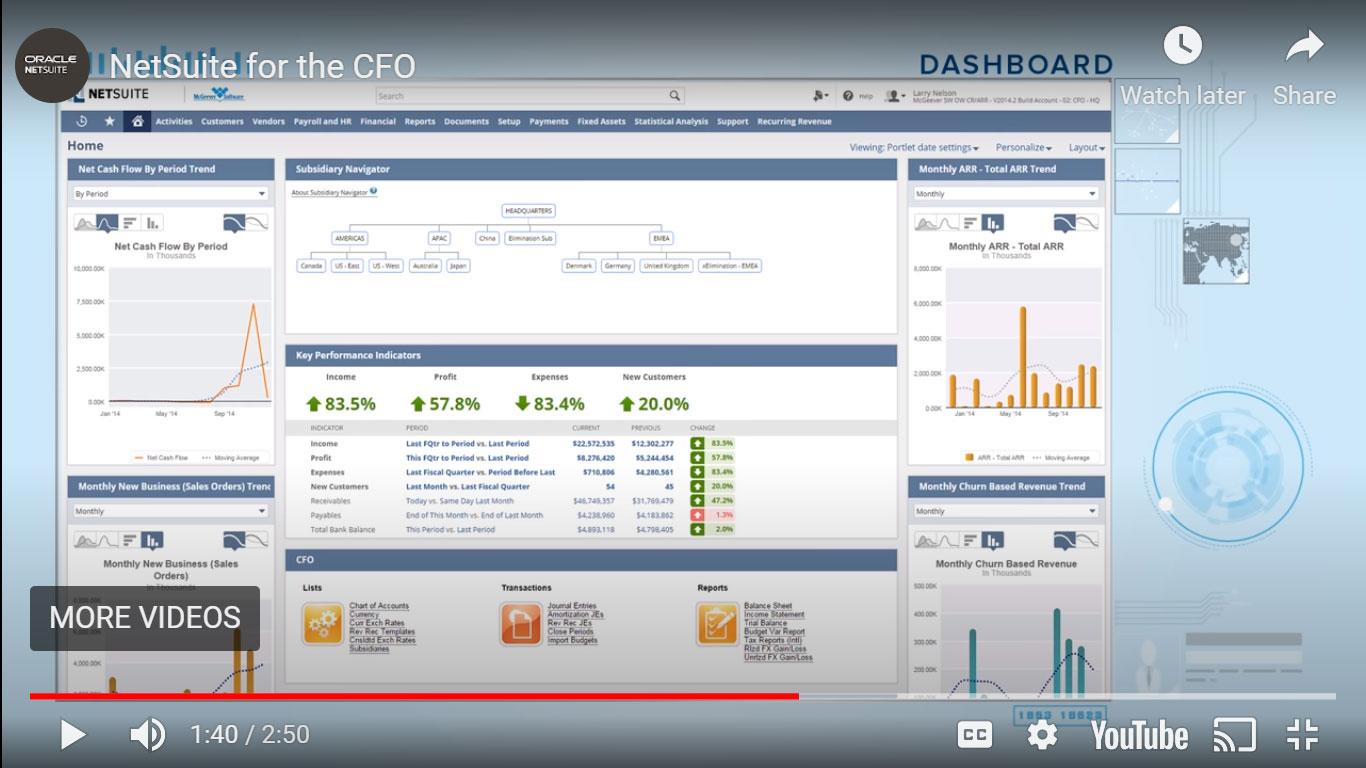Introduction
When it comes to analyzing sales and revenue, businesses need to focus on key metrics that provide valuable insights into their performance. These metrics help identify areas of improvement, measure success, and make informed decisions to drive growth. In this blog post, we will explore some of the crucial metrics that businesses should consider when analyzing their sales and revenue data.
1. Gross Revenue
Gross revenue is the total amount of money generated from sales before deducting any expenses. It provides an overall picture of the company’s sales performance.
2. Net Revenue
Net revenue is the amount of money left after subtracting all the expenses from the gross revenue. It reflects the actual profitability of the business.
3. Sales Growth Rate
The sales growth rate measures the percentage increase or decrease in sales over a specific period. It helps identify the company’s sales performance trends and potential areas for improvement.
4. Customer Acquisition Cost (CAC)
CAC is the cost incurred to acquire a new customer. It includes marketing and sales expenses. Monitoring CAC helps businesses evaluate the effectiveness of their customer acquisition strategies.
5. Customer Lifetime Value (CLV)
CLV is the predicted net profit a company can expect from a customer throughout their relationship. It helps businesses understand the long-term value of their customers and make informed decisions regarding customer retention and acquisition.
6. Average Order Value (AOV)
AOV is the average amount of money spent by customers in a single transaction. Monitoring AOV helps businesses identify opportunities to increase sales by encouraging customers to spend more.
7. Conversion Rate
The conversion rate measures the percentage of website visitors or leads that convert into paying customers. It helps businesses assess the effectiveness of their marketing and sales strategies.
8. Churn Rate
Churn rate refers to the percentage of customers who stop using a product or service over a specific period. Monitoring churn rate helps businesses identify customer retention issues and take necessary actions to reduce customer attrition.
9. Sales Pipeline Velocity
Sales pipeline velocity measures the speed at which leads move through the sales pipeline. It helps businesses identify bottlenecks and optimize their sales processes to close deals faster.
10. Return on Investment (ROI)
ROI measures the profitability of an investment. In sales and revenue analysis, ROI helps businesses evaluate the effectiveness of their marketing and sales campaigns.
Summary

Understanding and tracking the right metrics is essential for businesses to effectively analyze their sales and revenue performance. By focusing on these metrics, businesses can gain valuable insights into their customers, products, and overall business operations. Some of the crucial metrics include:
- Sales Conversion Rate: This metric measures the percentage of leads or prospects that convert into paying customers. It helps businesses evaluate the effectiveness of their sales process and identify areas for improvement.
- Customer Acquisition Cost (CAC): CAC measures the average cost of acquiring a new customer. By comparing this metric with the lifetime value of a customer, businesses can determine the profitability of their customer acquisition efforts.
- Churn Rate: Churn rate calculates the percentage of customers who stop using a product or service over a specific period. It helps businesses understand customer retention and loyalty, allowing them to take necessary actions to reduce churn.
- Average Revenue per User (ARPU): ARPU measures the average revenue generated by each customer or user. It helps businesses assess the value they are extracting from their customer base and identify opportunities for upselling or cross-selling.
- Profit Margin: Profit margin indicates the percentage of revenue that remains as profit after deducting all costs. It helps businesses evaluate their pricing strategy, cost management, and overall profitability.
By analyzing these crucial metrics and using them as a b try this web-site asis for decision-making, businesses can optimize their sales and revenue strategies, improve customer satisfaction, and drive sustainable growth.




